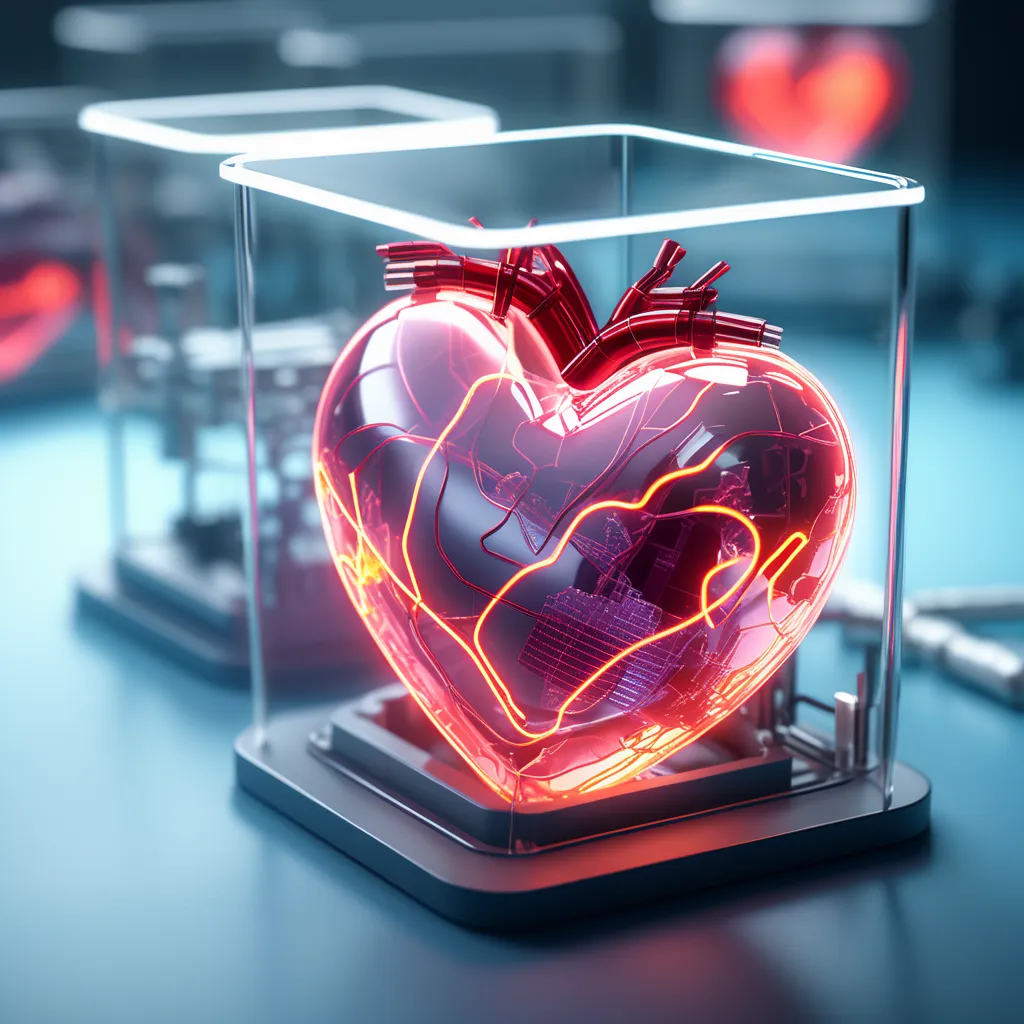Revolutionary Nanobots Cure Heart Disease
In the realm of medical breakthroughs, there's a groundbreaking innovation that's set to change the way we treat heart disease. Imagine tiny, intelligent machines coursing through your bloodstream, repairing damaged heart tissue with unparalleled precision. This is not science fiction but a reality on the horizon – the world of nanobots.

A Personal Connection
My Family's Brush with Heart Disease
Heart disease has touched my family, as it has for countless others. The toll it takes on both patients and their loved ones is immeasurable. This personal connection drives my fascination with the potential of nanobots to revolutionize heart disease treatment.
The Promise of Nanobots
Miniature Marvels
Nanobots are minuscule robots, thousands of times smaller than a single cell, capable of performing precise tasks at the molecular level. Their potential for medical applications is nothing short of extraordinary.
Targeting Heart Disease
One of the most promising applications of nanobots is in treating heart disease, which remains a leading cause of death worldwide. These tiny machines can be programmed to seek out and repair damaged tissue in the heart, all while navigating the intricate network of blood vessels.
How Nanobots Work
Smart and Selective
Nanobots are designed with intelligence and selectivity in mind. They can differentiate between healthy and damaged cells, honing in on areas that require intervention. This minimizes the risk of collateral damage and side effects.
Precision Medicine
Traditional treatments like surgery or medication can be effective but often come with risks and limitations. Nanobots offer a level of precision that was previously unimaginable, making them ideal for tackling the intricacies of heart disease.
A Revolution in Treatment
Non-Invasive Procedures
Imagine a future where heart disease treatment is non-invasive. No more major surgeries, no more lengthy recoveries. Nanobots could perform repairs without the need for incisions or anesthesia, dramatically improving the patient's experience.
Preventing Heart Attacks
One of the most exciting prospects is the ability of nanobots to prevent heart attacks. By continuously monitoring the heart's condition and swiftly repairing any issues, they could intercept potential crises before they occur.
Overcoming Challenges
Ethical Considerations
As with any revolutionary technology, there are ethical considerations to address. Questions about patient consent, safety, and long-term effects must be carefully examined as nanobots advance in development.
Regulatory Hurdles
Bringing nanobots from the lab to the clinic involves navigating complex regulatory processes. Ensuring their safety and efficacy is paramount, and rigorous testing will be required before widespread use.
The Road Ahead
Collaborative Efforts
Researchers, engineers, and medical professionals around the world are collaborating to bring nanobots to the forefront of heart disease treatment. Their dedication to pushing the boundaries of medical science is inspiring.

Patient-Centered Care
Ultimately, the potential of nanobots to cure heart disease is a testament to the incredible progress we've made in the field of medicine. It's a reminder that innovation should always be driven by the desire to improve patient outcomes and quality of life.
A Bright Future
The prospect of nanobots curing heart disease is a beacon of hope for millions of people worldwide. While there are challenges to overcome, the relentless pursuit of better treatments is what drives progress in medicine.
As we look ahead to a future where nanobots may revolutionize heart disease treatment, let us remain hopeful and vigilant. The remarkable potential of these miniature marvels could soon turn the tide in the fight against heart disease, offering renewed health and happiness to countless individuals.

No comments:
Post a Comment